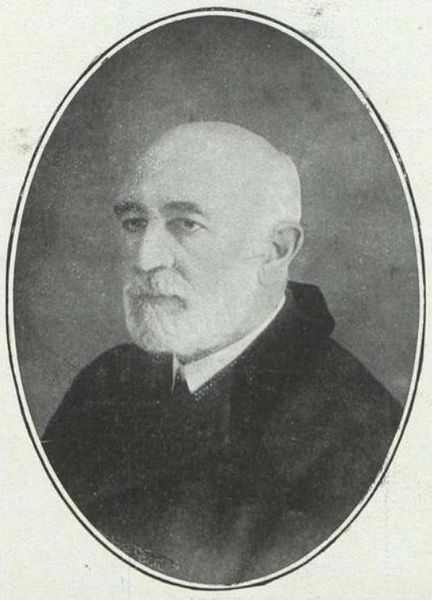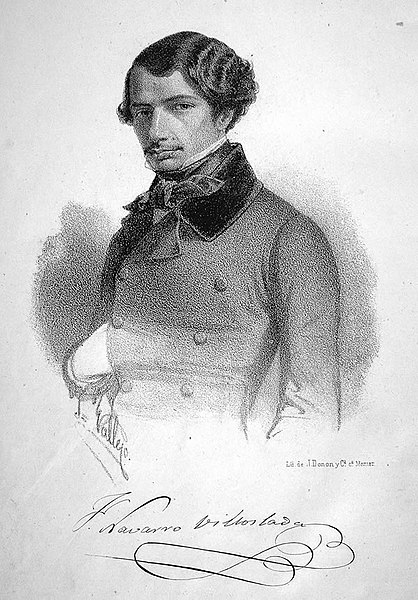Manuel Polo y Peyrolón (1846–1918) was a Spanish writer, theorist, academic, and politician. He is best known as the author of five novels falling in between romanticism and realism; classified as part of costumbrismo, they are currently considered second-rate literature. As a philosopher he stuck to neo-Thomism and focused mostly on confronting Krausism. In education he represented Catholic regenerationism, fiercely pitted against the Liberal current. In politics he was active within Carlism; his career reached its peak during his 1896–1898 term in the Congress of Deputies and his 1907-1915 terms in the Senate.
Manuel Polo y Peyrolón
Alto Maestrazgo
Gea de Albarracín, current view
Los Mayos, 1885
On March 21, 1890, at a conference dedicated to the siege of Bilbao during the Third Carlist War, Miguel de Unamuno delivered a lecture titled La última guerra carlista como materia poética. It was probably the first-ever attempt to examine the Carlist motive in literature, as for the previous 57 years the subject had been increasingly present in poetry, drama and novel. However, it remains paradoxical that when Unamuno was offering his analysis, the period of great Carlist role in letters was just about to begin. It lasted for some quarter of a century, as until the late 1910s Carlism remained a key theme of numerous monumental works of Spanish literature. Afterward, it lost its appeal as a literary motive, still later reduced to instrumental role during Francoism. Today it enjoys some popularity, though no longer as catalyst of paramount cultural or political discourse; its role is mostly to provide exotic, historical, romantic, and sometimes mysterious setting.
Bretón de los Herreros
Navarro Villoslada
Ayguals de Izco
Iparraguirre








